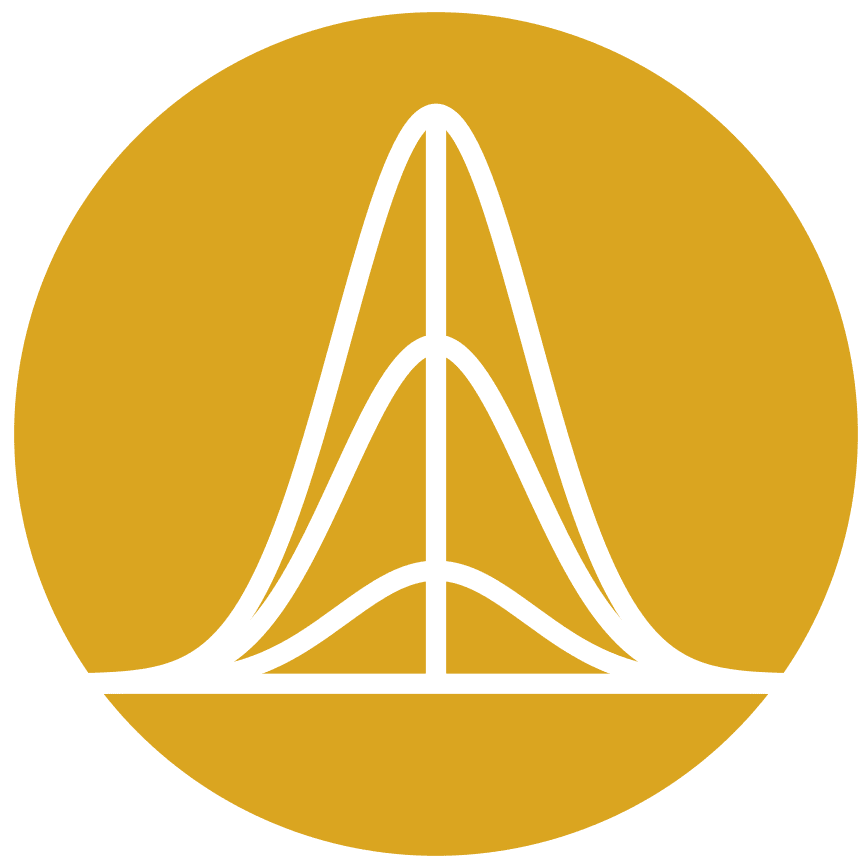About
0Mean1Sigma covers various topics in the field of computer science. The main goal of this publication is to explain concepts using simple, practical examples. Every article is free, and if you subscribe today, you'll get full access to the email newsletters that will keep you updated on the new content when it's available.
Rest assured, I do not send spam emails. Join our community of engaged readers today! Your subscription motivates me to keep posting articles regularly. Thank you!
Contact email: 0mean1sigma [at] gmail [dot] com
